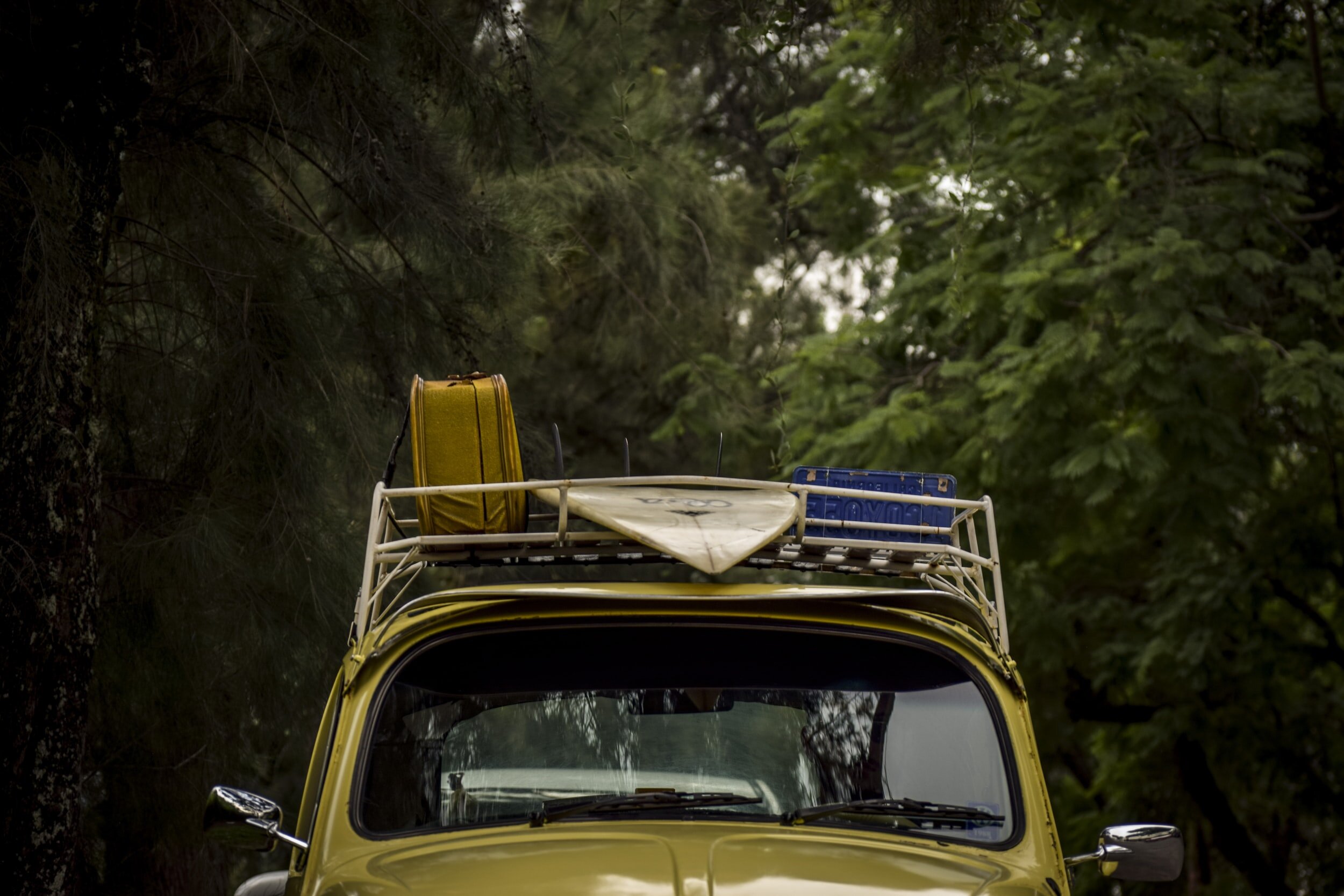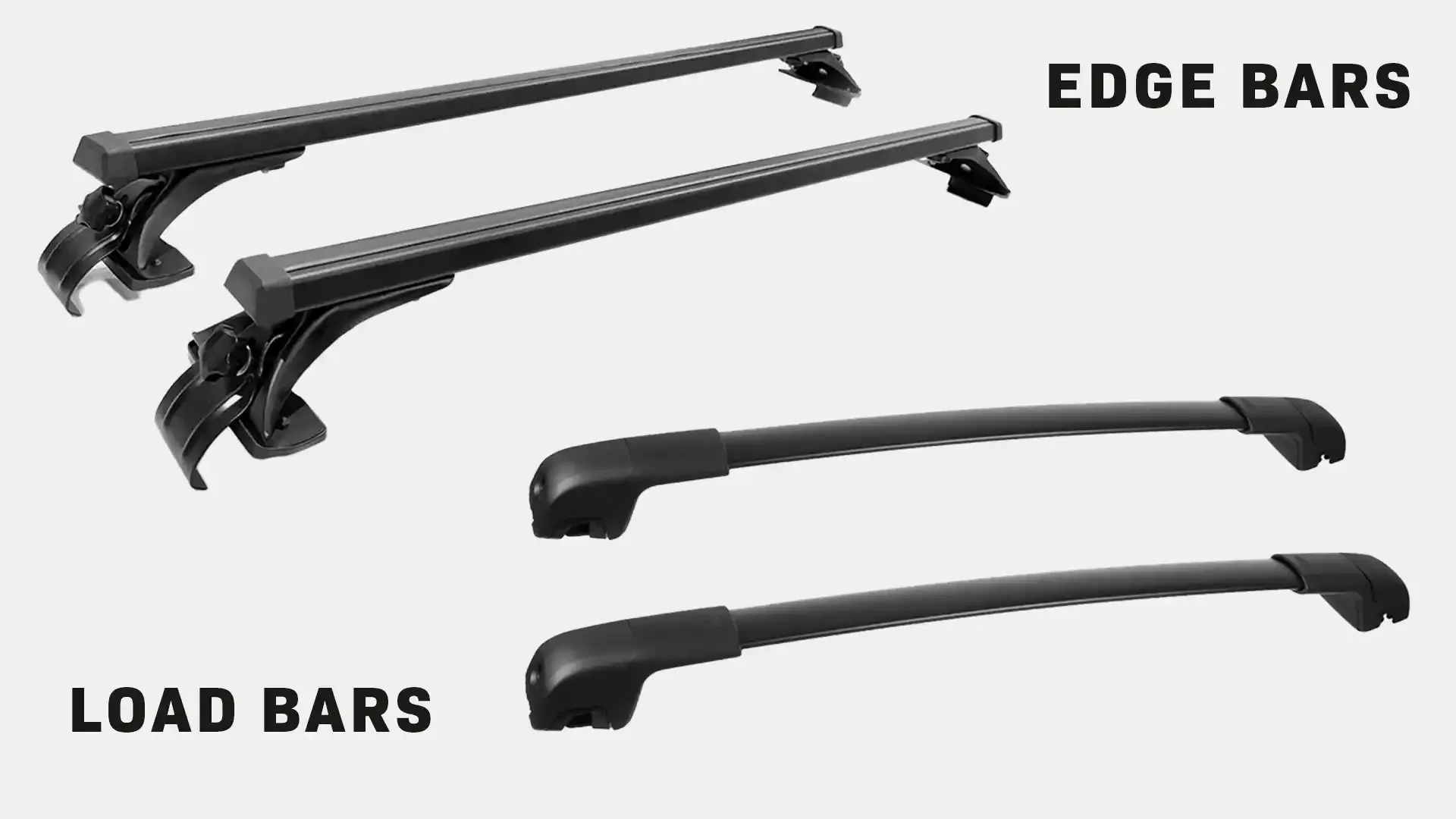5 Proven Ways to Reduce Roof Rack Wind Noise
Originally published: October 6th 2021 | Last Updated October 4th, 2025When I first installed a roof rack on my vehicle, I was surprised by just how load it was. The new setup introduced all kinds of sounds like rattling, whistling, and a steady roar that made me turn up the music just to drown it out. It was especially annoying with passengers in the car, having to talk louder over the constant wind noise.
Some roof racks are just naturally noisier than others, and you may never get them to be completely silent. But after a lot of trial and error, I’ve found and tested a few simple tricks that make a huge difference. Here are five easy ways to reduce roof rack wind noise and make your drive quieter and more comfortable.
This post may contain affiliate links, which just means that I may earn a small commission if you make a purchase through the links at no additional cost to you. Thank you for supporting the platform and this content!Install a Wind Deflector or Wind Fairing
Installing a wind deflector, also known as a fairing, is one of the easiest and most effective ways to cut down roof rack noise. If your rack didn’t come with one, adding it can drastically reduce that annoying whistle or howl you hear at higher speeds, like on the highway.
Wind deflectors work by redirecting airflow up and over your crossbars and cargo mounted on the roof rack, reducing the turbulence that causes noise. They’re typically simple to install and fit most rack systems from SUVs to trucks.
That said, not all deflectors are built the same. Lighter-weight models can sometimes vibrate against the roof, especially at highway speeds, and cause a thumping noise on your roof. If that happens, try:
Adjusting the angle or height of the deflector so it sits more flush with the roofline.
Adding a strip of rubber weatherstripping between the deflector and the roof to absorb the vibrations.
On my Tacoma, when I was running the DV8 Off-Road roof rack, I lowered the fairing to its lowest position, and it completely eliminated the whistling noise. Like I said, most roof racks come with a deflector made specifically for the roof rack, but you can also find solid universal wind fairing options online.
Use Weatherstripping to Dampen Vibrations and Whistling
Weatherstripping is one of the cheapest and most effective ways to quiet down your roof rack if it’s vibrating against your roof. You can find it almost anywhere, from hardware stores, auto parts shops, or online, and some brands even make roof rack-specific kits.
When placed between your wind deflector, crossbars, or mounting points, weatherstripping acts like a cushion and helps by:
Breaking up airflow, which reduces that high-pitched whistling sound.
Absorbs vibration, so metal parts don’t rattle against the roof.
Adding a tighter seal, keeping air from rushing through small gaps.
For the best results, use rubber or foam-style weatherstripping that can handle outdoor conditions, and test-fit a few spots before sticking it down permanently. It’s a simple modification that can make a big difference in cabin noise.
Wrap Paracord Around Crossbars to Disrupt Airflow
Another cheap and creative way to cut down on roof rack noise is to wrap paracord around your crossbars or wind deflector. It might look simple, but it’s surprisingly effective.
Wrapping parts of your roof rack with paracord works by breaking up smooth airflow over the bars, which prevents the wind from forming consistent frequencies - the ones responsible for that high-pitched whistle you hear at certain speeds.
You don’t need a lot to make a difference. Just wrap a few tight coils of paracord evenly along the front crossbar, spacing them out an inch or two apart. It’s quick, removable, and adds a bit of character to your setup.
Plus, paracord is useful to keep around anyway - it’s strong, lightweight, and handy for camping, tie-downs, or emergency repairs. You can grab a bundle for a few dollars at any outdoor store or online.
Check and tighten Everything on Your Roof Rack
It sounds simple, but one of the most common causes of roof rack noise is loose hardware. Over time, vibration, temperature changes, and even car washes can cause bolts and hardware to back off slightly - creating rattles, buzzes, and small holes for wind to slip through.
Make it a habit to inspect your setup every few months:
Tighten all mounting bolts and brackets that secure your rack to the roof rails or gutter mounts.
Check your crossbars for any play or movement - even a few millimeters of movement can make a lot of noise
Secure your cargo tightly with straps or tie-downs so it doesn’t shift in the wind.
A quick 5-minute tightening session can make a big difference, especially if you drive on rough roads or swap gear on and off your rack frequently.
Upgrade to Aerodynamic Edge Bars
Your choice of crossbars plays a huge role in how much wind noise you hear. Most roof racks use one of two styles: load bars or edge bars.
Load bars are typically square or rectangular and designed for maximum load bearing and strength. They’re great if you carry heavy cargo like rooftop tents, kayaks, or recovery boards - but their boxy shape creates more drag and, as a result, more noise.
Edge bars, on the other hand, have a rounded or oval aerodynamic profile that allows air to flow over them smoothly. This dramatically cuts down on whistling and low-frequency wind hum.
If you rarely carry heavy cargo, switching to edge bars can make your roof rack much quieter and even more fuel-efficient. The tradeoff is a slightly lower weight capacity, but for most weekend adventurers or everyday driving, it’s well worth it.
Wrapping it Up
Roof rack wind noise can be frustrating, but with a few quick adjustments, you can make a big difference and ride quieter again. From adding a wind deflector or weatherstripping to wrapping paracord or switching to aerodynamic edge bars, most fixes are inexpensive and easy to try on your own.
Every setup is a little different, so don’t be afraid to experiment until you find what works best for your vehicle. Even small changes can make long drives quieter and a lot more enjoyable.

